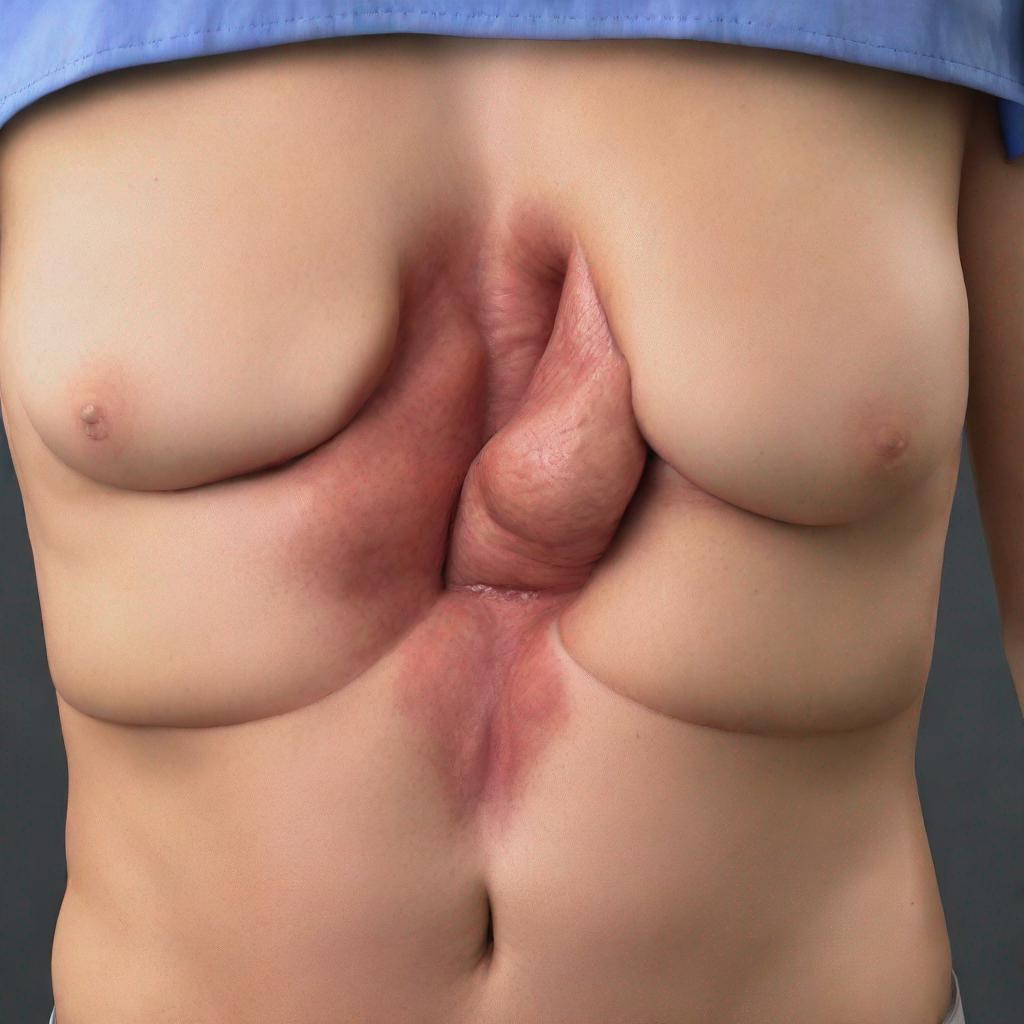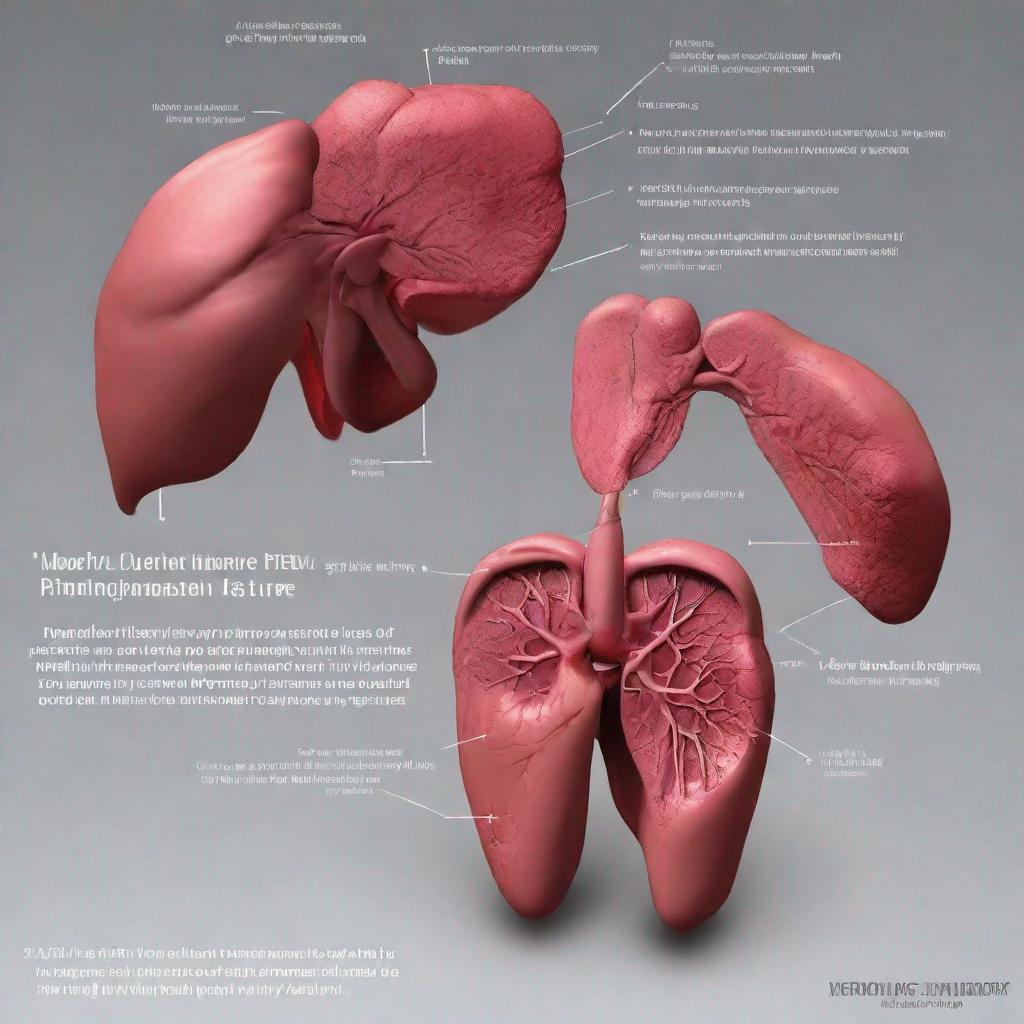## Abdominal Palpation: A Comprehensive Overview
**Introduction:**
Abdominal palpation is a medical test that allows doctors to assess the organs in the abdomen. This non-invasive procedure helps identify potential abnormalities or disorders within the abdominal region.
**Procedure:**
Abdominal palpation typically consists of the following steps:
1. **Inspection:** The doctor first visually inspects the abdomen for any visible irregularities in shape or size.
2. **Auscultation:** A stethoscope is used to listen for any unusual bowel sounds (also known as borborygmi) or blood flow within the abdominal arteries.
3. **Palpation:** The doctor gently presses on the abdomen using their hands to assess the shape, size, consistency, and tenderness of different organs. This can help differentiate normal from abnormal structures and detect any lumps, growths, or fluid accumulation.
**Tools:**
The primary tool used during abdominal palpation is the hands of the healthcare professional. No additional equipment is necessary for this procedure.
**Doctors Performing the Test:**
Primary care physicians, family medicine doctors, gastroenterologists, surgeons, and other specialists can typically perform abdominal palpation as part of routine physical examinations or when specific medical concerns arise.
**Diagnosis:**
Conditions and diseases that may be identified using abdominal palpation include:
* Abdominal pain and discomfort
* Ascites (abnormal accumulation of fluid within the abdomen)
* Bloating or abdominal distension
* Constipation or diarrhea
* Digestive disorders like Crohn’s disease or diverticulitis
* Gallstones or pancreatitis
* Liver or kidney abnormalities (e.g., hepatitis or renal disease)
* Masses or growths within the abdomen, including hernias or cysts
* Peritonitis or inflammatory bowel disease
* Peptic ulcer disease or stomach cancer
**Importance:**
Abdominal palpation is a vital component of a medical examination. It can provide valuable insights into the overall condition and functioning of the abdominal organs and help detect a wide range of potential health concerns at an early stage. Regular abdominal palpation allows for timely intervention and management, contributing to better health outcomes and prevention of severe complications.
**Alternatives:**
In some cases, alternative imaging or diagnostic techniques such as abdominal **auscultation**, percussion, ultrasound, CT (computed tomography) or MRI (magnetic resonance imaging) scans may be used as adjuncts or follow-ups to abdominal palpation.
**Preparation:**
No specific preparation is required before an abdominal palpation. Patients may be asked to lie on a comfortable examination table with their abdomen exposed and their clothes adjusted accordingly.
**Duration:**
The duration of abdominal palpation usually takes less than 10 minutes and is part of a more extensive physical examination that may take longer. The results of an abdominal palpation are generally available immediately, allowing the doctor to provide a diagnosis or make necessary referrals for further investigation or treatment.
**Recommendations:**
Abdominal palpation should be a regular component of physical examinations and can be performed alongside other relevant medical tests such as:
* **Rectal examination** for assessing the condition of the anus, rectum, and prostate.
* **Vaginal examination** for evaluating female pelvic organs, including the ovaries and uterus.
* **Blood work or urine analysis** to assess liver and kidney functions.
* **Ultrasound or other imaging scans** to obtain a more detailed view and confirm diagnoses or rule out other potential causes.
**Conclusion:**
Abdominal palpation is a safe, non-invasive, and widely accessible medical test used by healthcare professionals. By physically examining the abdominal region, it provides invaluable information regarding potential abnormalities and aids in the detection of various diseases. Routine palpation and regular medical examinations contribute to optimal healthcare and timely management of abdominal concerns, promoting well-being and preventing complications.


